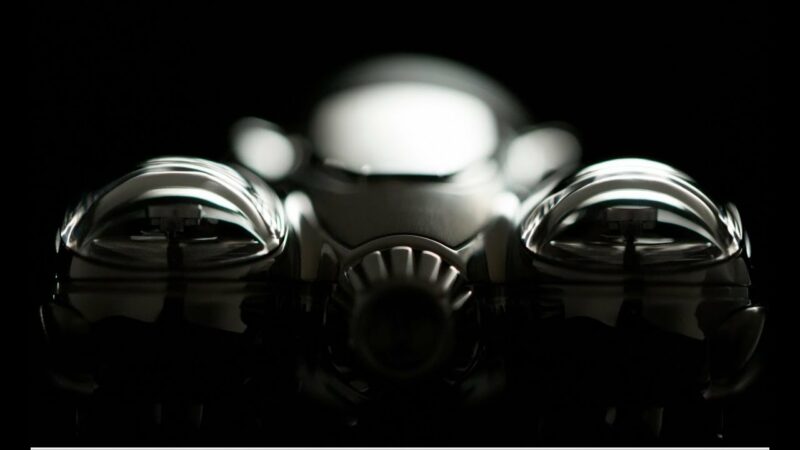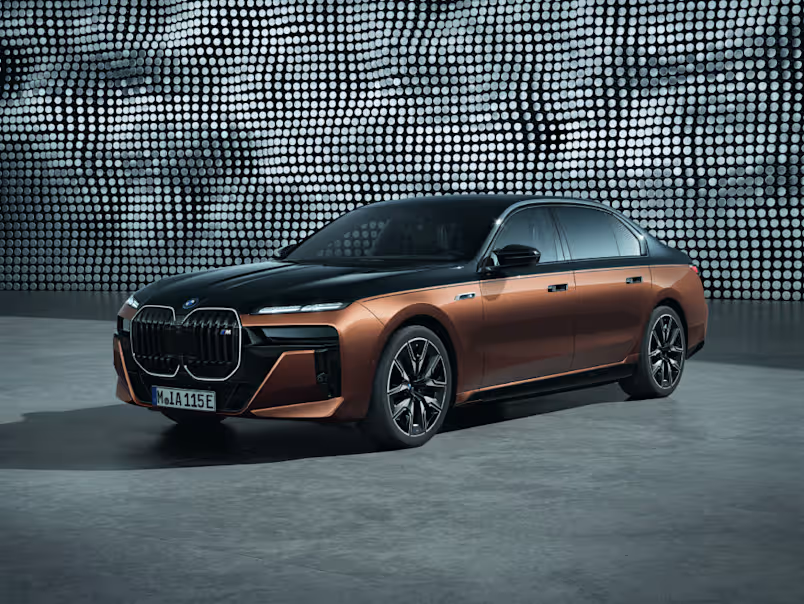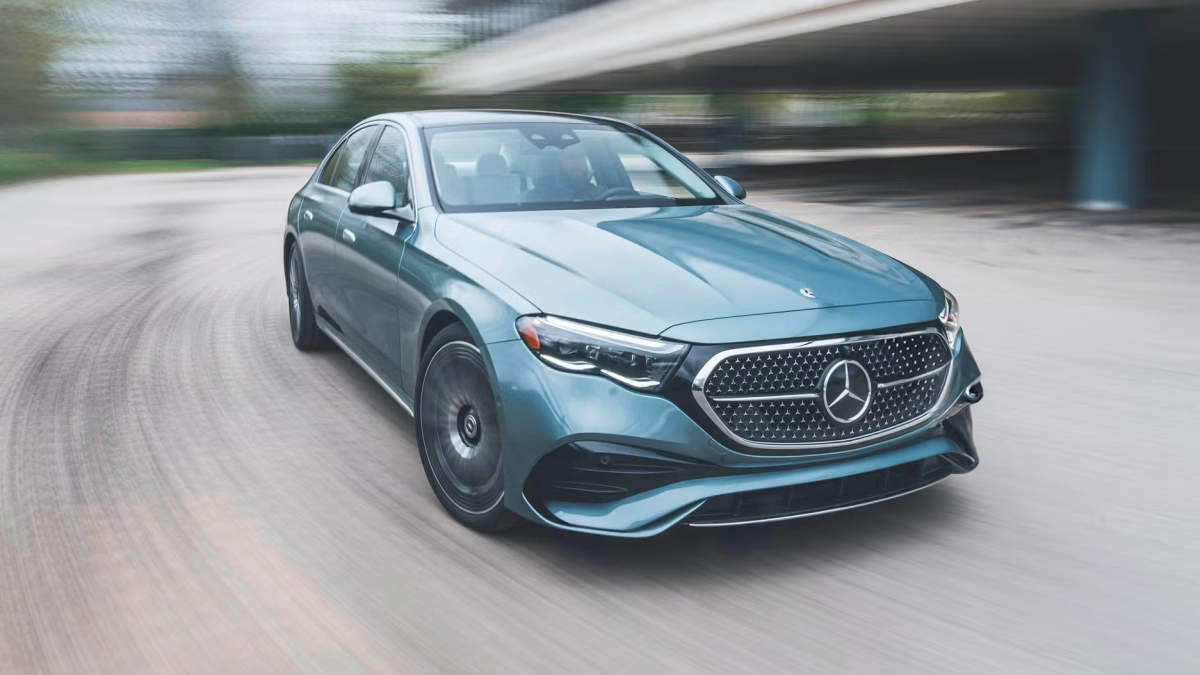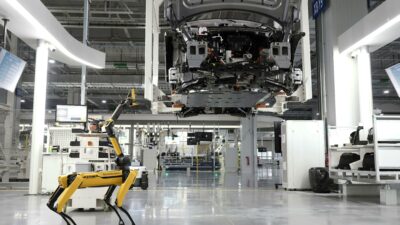
MB&F HOROLOGICAL MACHINE N°9
In the late 1940s and 50s, aerodynamic principles were just beginning to take root in product design. Curvilinear forms became more prominent, carrying the immediate promise of power and speed – but designers were guided more by their aesthetic sense than by any scientific precepts.
Inspired by the dynamic profiles of automotive and aviation mid-century design, HM9 Flow treads the path opened by the HM4 Thunderbolt and HM6 Space Pirate, with a geometrically complex combination of sapphire crystal, titanium and gold case elements. But HM9 goes beyond its predecessors, redefining what was thought to be possible in case design.
Reminiscent of a jet engine, the highly complex case encloses an equally complex in-house movement. Twin balance wheels beat independently on each flank of the Machine, while the central body reveals the gearbox of the HM9 engine: a planetary differential that averages the output of both balances to provide one stable reading of the time.







